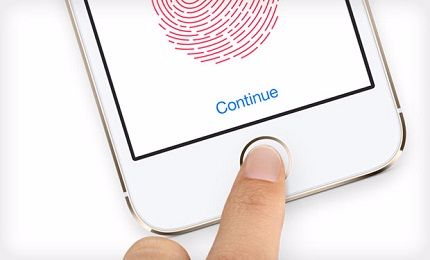Not just anyone can sell iOS Mobile Apps, you need to use Code Signing to get on the App Store
So you think releasing an iPhone app is easy?
Think again.
Developing iOS apps (iPhone and iPad) requires a lot of work. Sure there’s all the time and expenses that come along with building the app. From conceiving of an idea to planning it all out to actually programming and testing it.
But after it’s done you’re in the clear right? All that’s left is to upload it to the Apple App Store and wait for people to start downloading it, right?
Hardly.
Apple puts a great deal of thought and consideration into security. There’s a reason the company enjoys such a good reputation in that regard. And given the fact that its iPhones and iPads have become its leading products, Apple has every intention of making sure its users stay safe when they’re using them.
That’s why, when it comes to mobile apps, Apple requires that you use one of their code signing certificates to sign the app. This assures users that the app comes from a known source and has not been modified. Before you can integrate app services or install your app on a device, before you can even submit it to the App Store, your app has to be signed.
Code Signing Your iOS Apps
Code Signing is a relatively straightforward process wherein a software developer cryptographically signs the code they have written with a digital signature. This signature serves two functions:
1. It assures users that the code, which has to be a script or an executable, was developed by a known source. Code Signing certificates require the organization or individual applying to undergo a validation process which verifies their identity and legitimacy. When that organization or individual then signs their code, their identity can immediately be recognized by the machine or device that is viewing the signature.
2. It assures the user that the code has not been tampered with. This is where things get a bit more complicated. A digital signature is not like a regularly written signature, rather it is a string of data that is then hashed. If any aspect of the code has been altered after it was signed, the machine or device that is viewing the digital signature will get a different value when it hashes that signature. This is an immediate indication that something is amiss and the machine or device viewing the signature knows not to run the code.
With that in mind, you can understand why Apple would be adamant that all of the apps it distributes in its App Stores (and subsequently allows to be installed on their devices) need to be digitally signed first.
How Do I Get a Code Signing Certificate?
In order to start signing your iOS mobile apps and distributing them via the Apple App Store, you must first purchase a Code Signing Certificate directly from Apple (sadly, we can’t sell you this kind of Code Signing Certificate ourselves). This can be done via the Apple Developers Website or by using XCode.
From there you simply follow the instructions set forth by Apple to install and begin using their Code Signing Certificate.
It may seem like just one more hoop to jump through on the way to getting your iOS app to market, but as we’re sure you’ve seen, it’s a necessary one. Mobile security is of ever-increasing importance and ensuring that the apps users have access to are safe is one of Apple’s biggest concerns.
By Code Signing Apps you’re providing the requisite proof of your identity while also offering assurance that your app is being delivered as you intended it. It’s just one more way Apple maintains top-level security across all of its devices.

